Do you want to know the question I’m asked most often?
No kidding. Almost everyone asks me this. It was actually the only downside that my husband brought up when I began designing. “Aren’t you going to run out?”
In fact, the inverse is true: the more I design, the more ideas I get!
The key: flourish in the constraints
Do you watch Project Runway? Most of the time, the participating clothing designers are given difficult constraints: like designing a garment using $250 of candy.
And what challenge to contestants usually say is hardest? The one with the least constraints. While you might think it’s freeing to be able to do whatever you want… it’s actually debilitating. How do you know what to do? What criteria do you use to make your choices?
In my designs, I set a lot of constraints:
- The yarns must be commercially available and easily substituted.
- There can be no more than one technically complicated stitch (for example, the loop or bobble stitch)
- Overall, the design must be accessible to a crocheter who has accomplished one simple amigurumi, and is open to learning a new skill.
- Any new technique that I use must be accompanied by a video/descriptive blog post to assist my customers.
Why do I do this? I began placing these constraints so that my customer would receive the best possible pattern. With these constraints in place, my customers are guaranteed that:
- they won’t get lost in a pattern due to insufficient photos/videos/help.
- the quality of the finished product isn’t dependent on non-quantifiable artistic skills (because I have none!). If they follow the directions (attach to round 25), then their finished product will look lovely!
- the pattern is accessible to their skill level and fun (uh… no color changes with a loop stitch and attaching felt pieces at the same time!)
This makes customers happy. But, over time, I discovered… the constraints make my designing happy!
The tale of 10 monsters
A few months ago, I was asked by Knitting Fever (the distributor of Ella Rae Classic, a yarn I frequently use in my designs) to design 10 monsters for distribution on their site.
Now… you get to ask that gem of a question: how do you design 10 monsters without getting bored?!? And, how do you come up with 10 different monsters?
I’m not going to fib… the number 10 even had me a little worried. After all, I’ve taught a course on designing your own monsters (which included patterns for about 7 monsters), and I couldn’t repeat any of those!
I started sketching…
As I was sketching, I knew it was not only important that I didn’t feel bored with my monsters, but that a customer would really want to crochet all 10… and love every minute of it! That meant that every monster needed a purpose: a novel shape or technique. And what’s that? More constraints!
In the end, I came up with 10 that I really loved:
And some that didn’t make the cut:
Among the winners were some great techniques, shapes and skills that I new customers would be excited about:
- Legs that are joined as you crochet, instead of the usual stitch-them-on-afterwards
- A ruffle!
- Stripes that make use of stranding as you change colors
- A fun rectangular-shape that uses working the bottom side of the foundation chain to begin
- A monster that begins with a long chain: and not the standard circle
- Funny antennae that make use of pipe cleaners for structure
- Crocheted-on mouths with (simple triangle) felt teeth
All of these features (at least I hoped!) would make the crocheting exciting, but also teach the crocheter a skill that they could apply to other animals. Don’t like the mouth on a pattern? Now you’ll know how to crochet a smile and stick on a felt tooth!
Once I had my faves, I colored in my sketches so I could figure out which colors of yarn I’d like to use:
So does this mean that I could design another 10 monsters? I don’t know… maybe! But I can say that what helped me is coming up with specific goals (aka constraints) that I wanted each design to accomplish.
The finished monsters
Here’s the whole gang… do you like them?
I hope you do!
And you can have them all!
All 10 of these patterns are available as free downloads from Knitting Fever! Isn’t that awesome?
I really hope that you grab them and enjoy the process of crocheting these fun monsters!
Thanks for stopping by and reading!
If you want to see more great finished items… make sure to visit Tami’s Amis blog, the organizer of this great FO Friday theme!
I hope you have an awesome and craft-filled weekend!








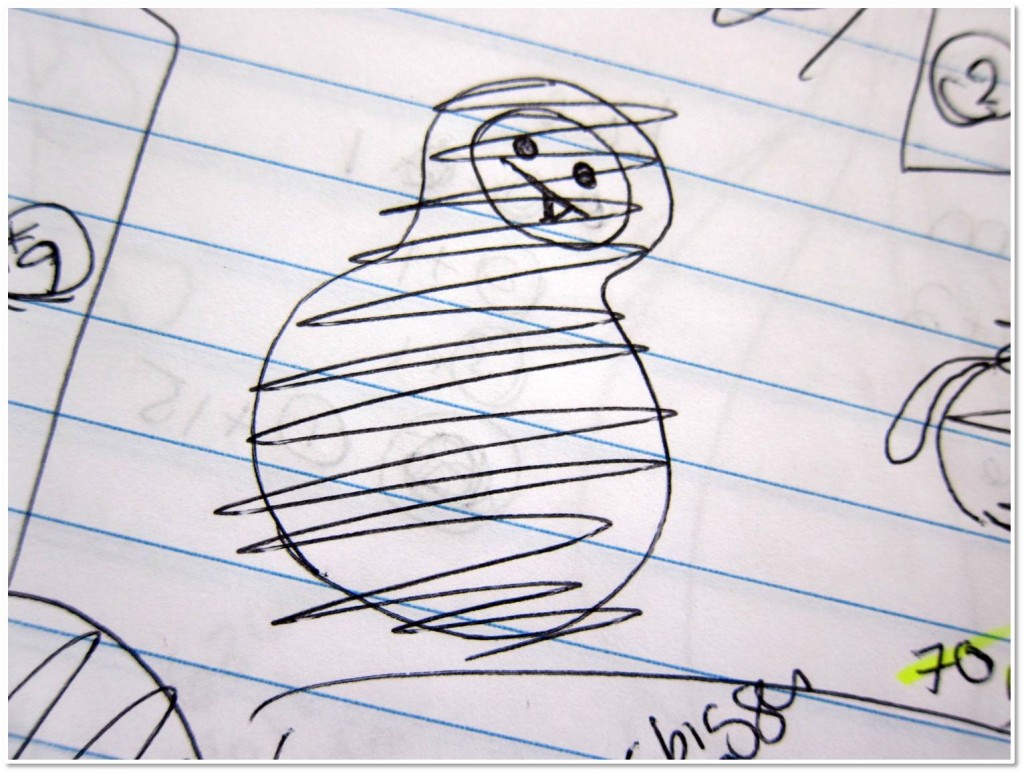






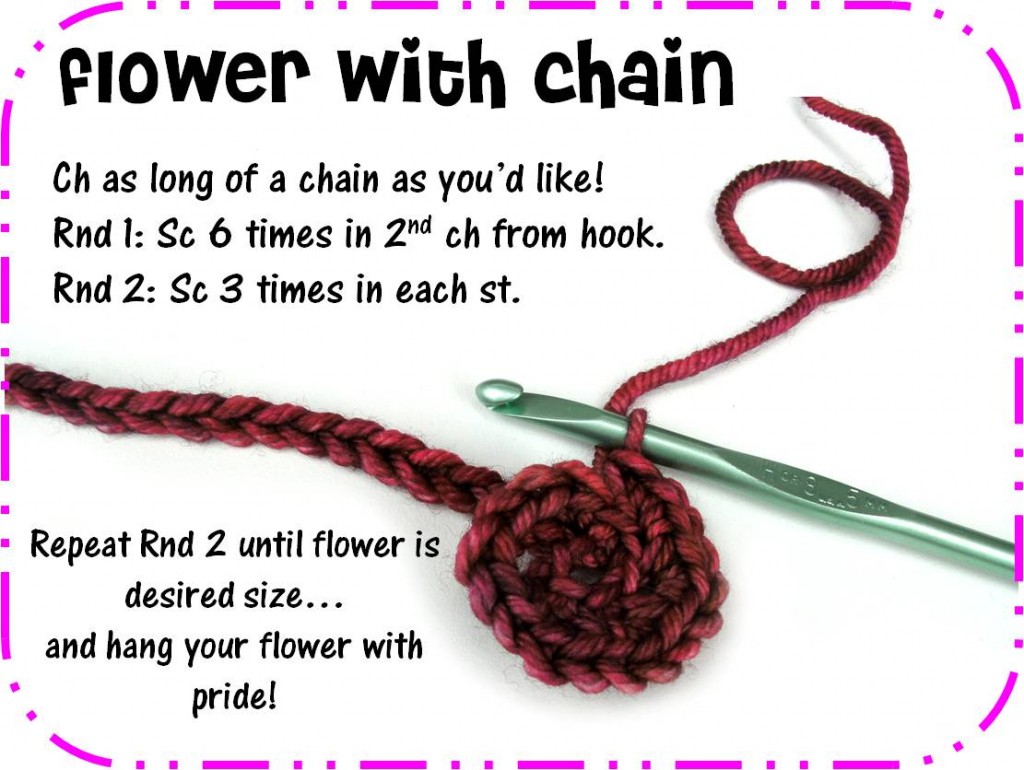




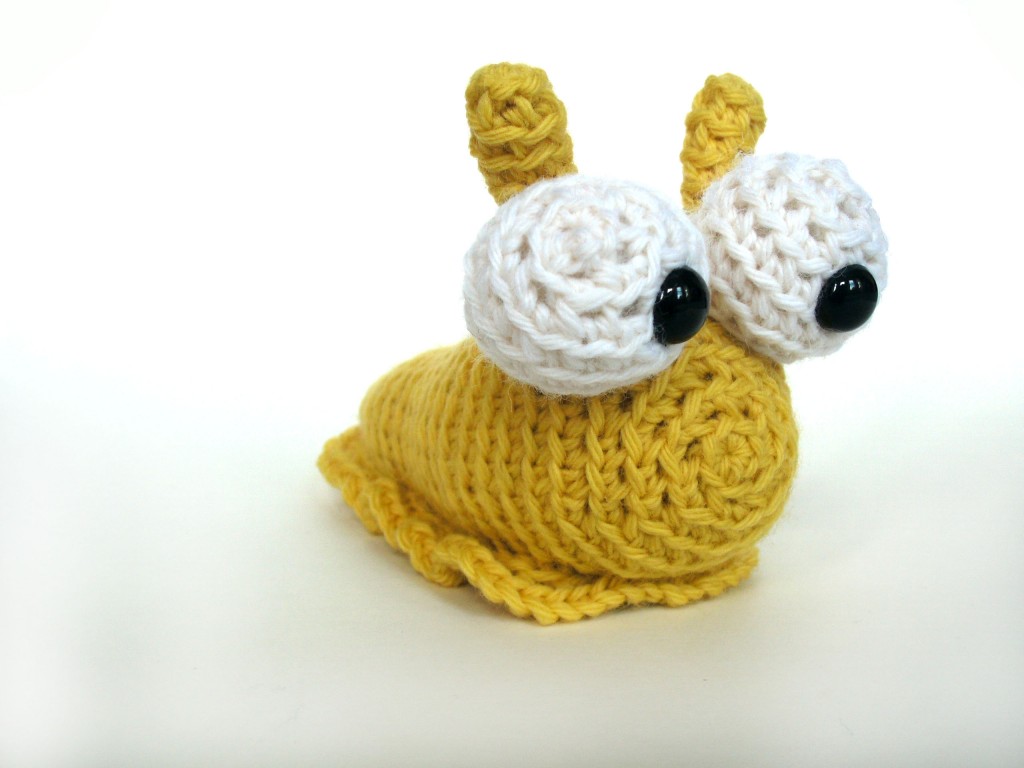
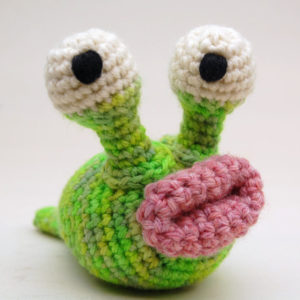







 You’ll need:
You’ll need: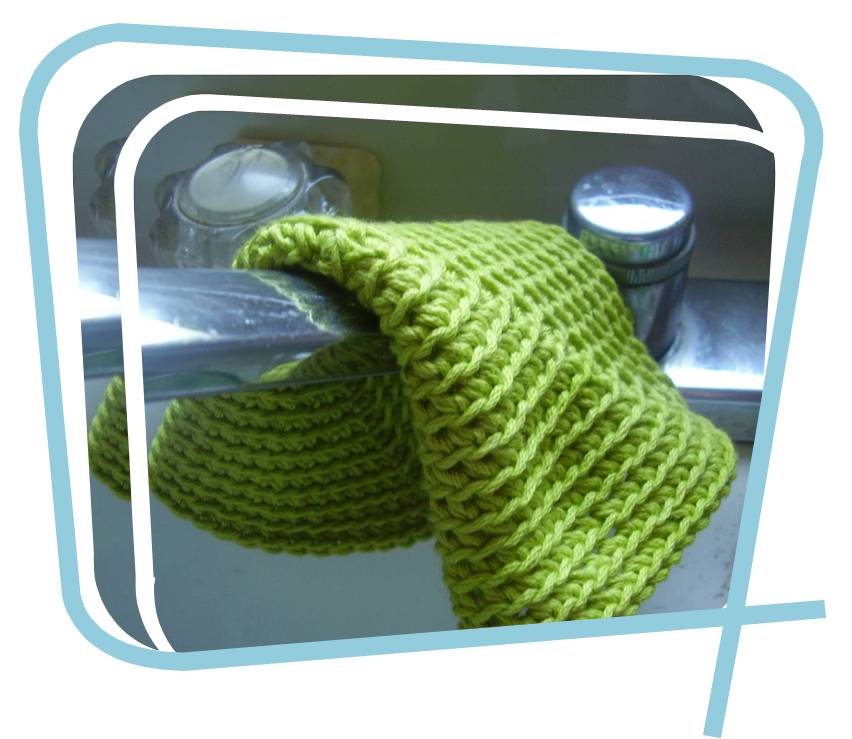 Best,
Best,